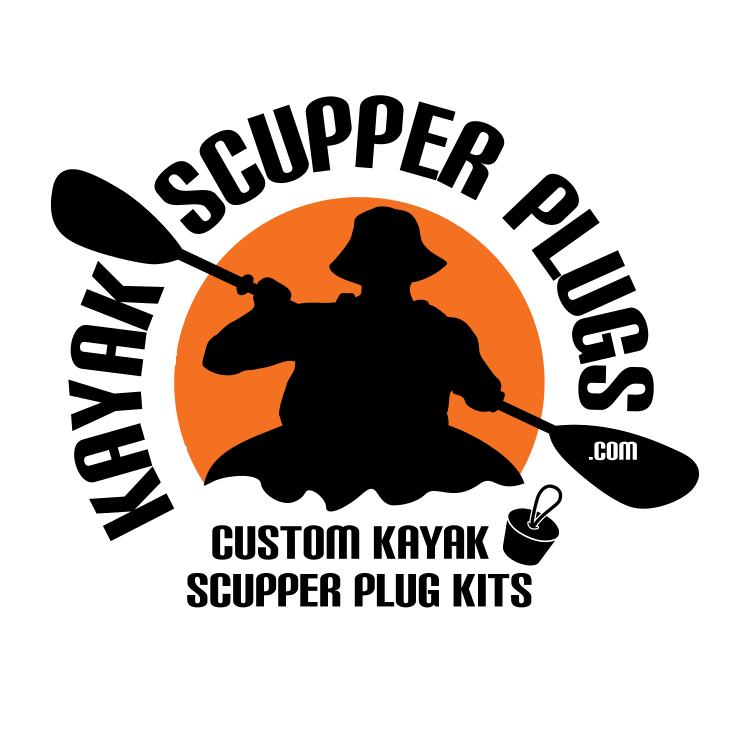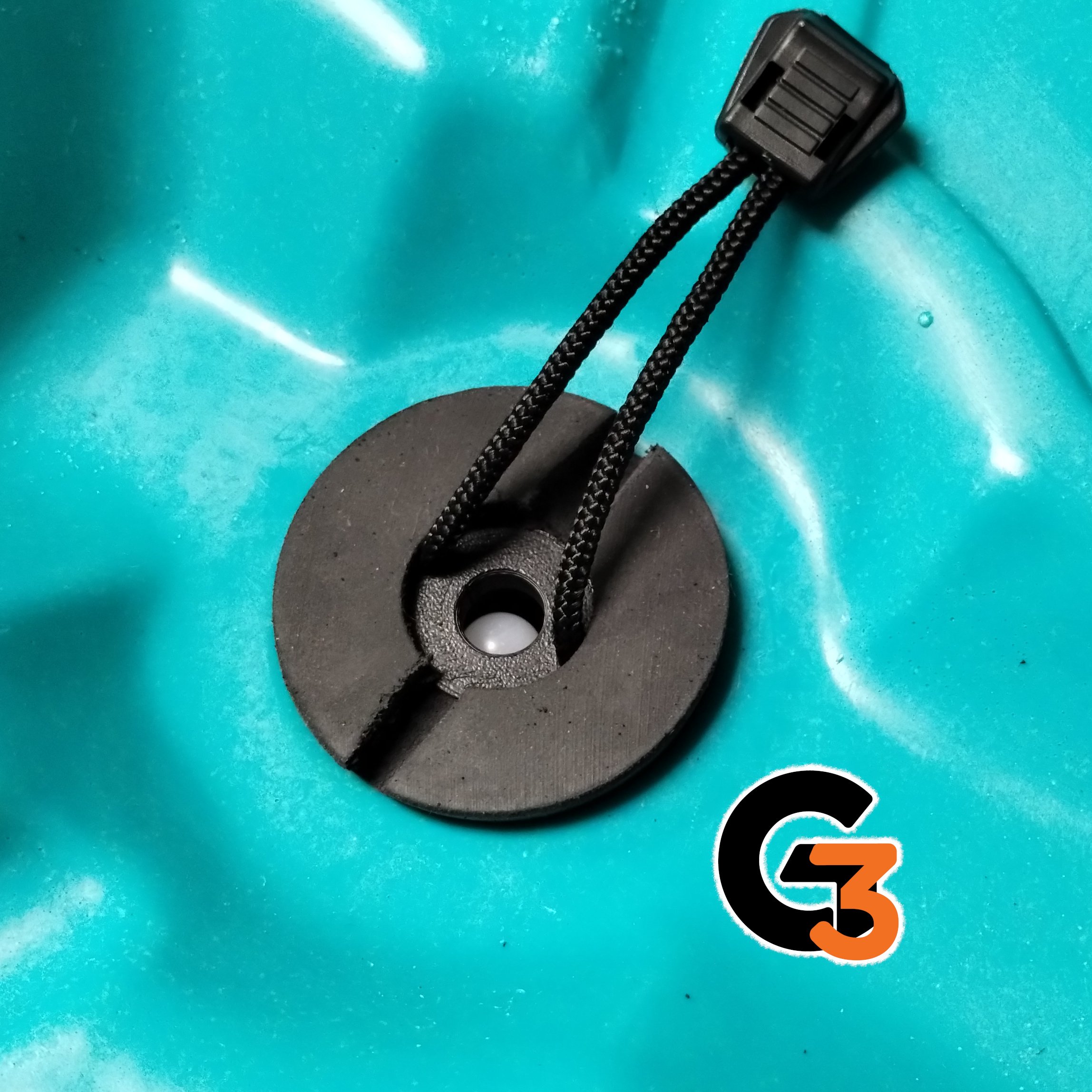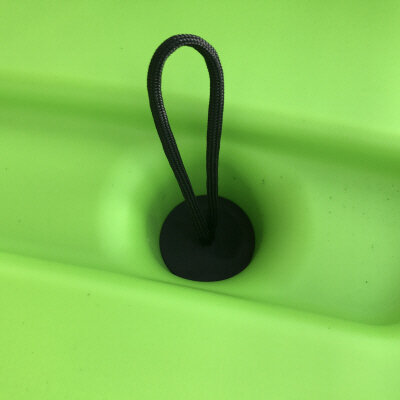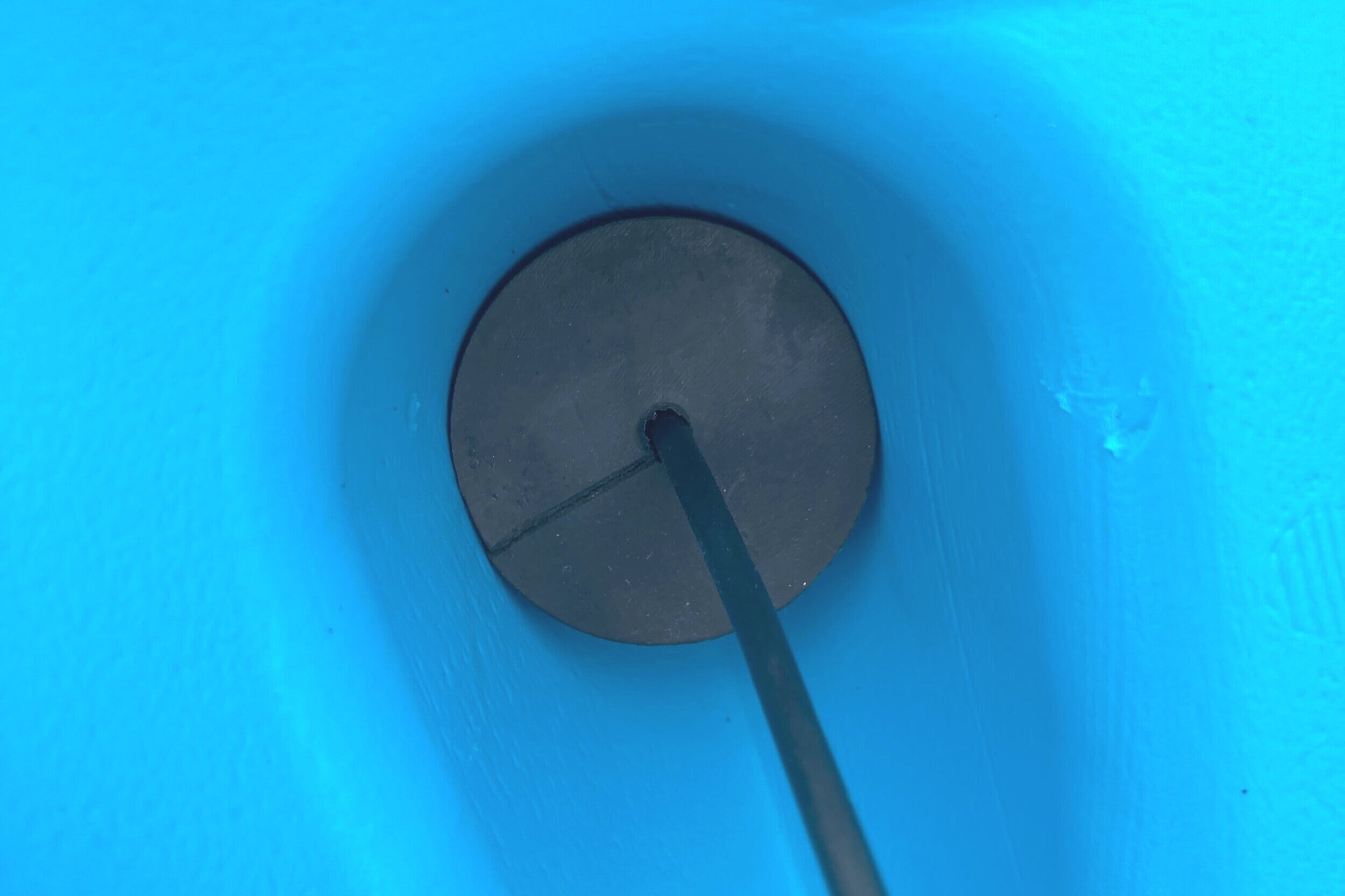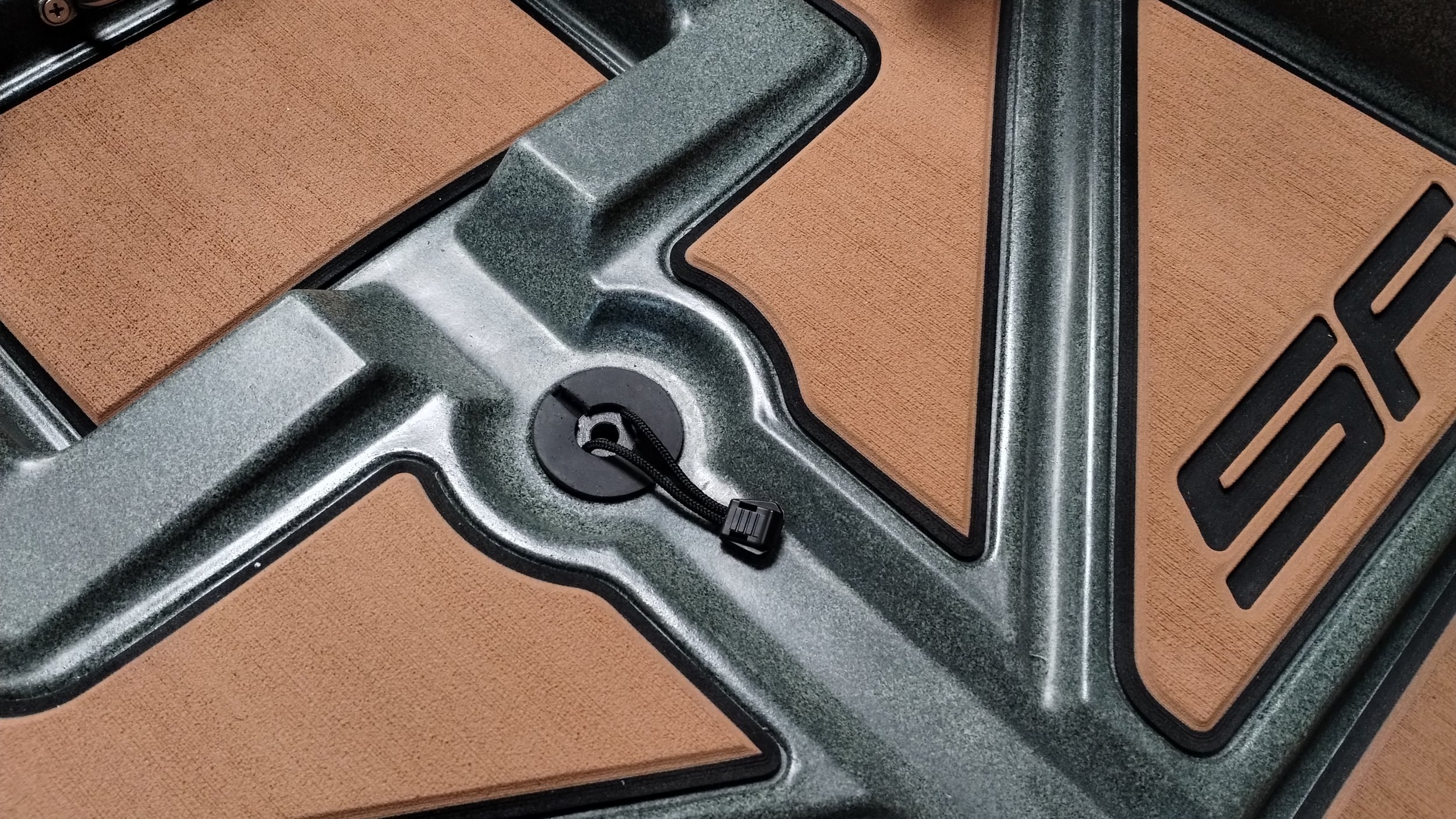
Perfect fit and solution for keeping gear dry!
I hated that my bait bags under the seat of my new Bonafide RS117 would get unnecessarily soaked. The solution were these custom fit kayak scupper plugs. Perfect fit and they keep my stuff dry now! Thanks!
Future Beach Spirit 120
After buying several sets of plugs that did not fit well at all I got lucky and discovered Kayak Scupper Plugs! Great price, fast shipping and the plugs are perfect! I'm a very happy customer!
Perfect
Just received my Scupper Plugs and went out on a nearby lake. First and foremost ... They fit like a glove and secondly PROBLEM SOLVED !!!! No water coming in so we are not sitting in a pool of water for the whole trip. These plugs are the perfect solution to scupper holes.
Scupper Plugs?
Kayaks have come a long way over the years. Historically kayaks were small boats you sat inside but modern designs have evolved into what are called sit-on-top or SOT kayaks. These newer designs float by containing air inside a hollow boat and the rider sits on top of the kayak and is often higher off the water than with traditional kayaks. By design a SOT kayak allows water to freely flow in and out of the kayak through their self-bailing scupper holes. This is helpful to keeping the boat from sinking if too much water were to come inside from a breaking wave or splashing in during normal paddling. Scupper plugs also make the kayak deck floor more strong and rigid which is important for those wishing to stand up as well as the additional weight today’s kayak must manage.
Plug Design Is Important
Most kayak scupper plugs will be round in design and tapered as they go down. This allows the plug to be pushed tightly into the scupper hole to seal it. The less taper a plug has, the better it will seal the hole. This is because a slighter taper puts more plug surface area in contact with the scupper hole wall. Some scupper plugs you find for sale are "universal" or "one-size-fits-all". These plugs tend to taper a lot and often seal poorly because they have less plug surface area in contact with the scupper hole wall. Since kayak manufactures use various sizes of scupper holes, we carry a complete assortment of sizes to specifically fit that hole size correctly and tightly.
We offer both self-draining and easy-pull scupper plug designs. The self-bailing plugs allow excess water to drain while still plugging the scupper hole while the pull rope design allows for easy removal. This is handy when you only want to drain excess water out of the kayak and then re-plug it.
Scupper Hole Locations
Scupper holes will commonly be located in the footwells, seatwells and tankwells or front, center and rear of the kayak. Not all kayaks will have supper holes in all these locations so be sure to look around the kayak to find them all. The custom kits we sell will include all of the plugs needed for your kayak. We also sell plugs individually so you can build your own drain plug kits or purchase only the ones you need.
When Will You Need Them
Scupper plugs are not always needed but they are typically something you will want to have available when the time comes. Some customers put them in and never remove them while others prefer to use them seasonally or as needed.
During the winter months we recommend using kayak scupper plugs to keep the boat drier and you as well. Sitting in a puddle of water during the summer may be refreshing but during the winter it can be downright miserable.
Scupper plugs can also provide some additional buoyancy when installed. By plugging the scupper holes you are forcing the water out from under the kayak and around the sides. This is helpful when the weight of the kayak is heavier than normal such as when extra gear or a heavier paddler is onboard.
Our Kayak Scupper Plug Types
G3 Self-Draining With Pull Loop
The all new G3 from Kayak Scupper Plugs is the single best scupper plug we have developed to date. We have combined everything we learned since launching back in 2017 to bring our customers all of the features they demand in one truly innovative and custom fit scupper plug. The most obvious advancement is the new pull-loop which make it possible to now remove the plugs entirely while on the water. The G3 also features a new valve design which defaults to an open drain position. This helps to keep even the slightest amount of nuisance water from accumulating. The G3 has the most responsive valve assembly developed by us ever. And if that is not enough, we have been able to offer all of these features at a very modest premium over previous generations.
NOTE: The G3 plugs use a larger sized drain valve and may not be possible in the smaller sized plugs. If you see “UNAVAILABLE” when making your plugs style selection, this is the case for that particular scupper plug kit. All kits are available in the standard pull-loop plugs.
Standard Pull Loop
Our original design, the pull loop plugs feature a heavy-duty rope pull for easy removal as needed without any special tools. The ropes do not stick up like molded-in pulls which makes for a more comfortable deck while standing and fishing or just during paddling. These plugs can be quickly and easily removed while on the water should you need to drain off excess water in the boat or as needed.
Installation is just as easy. Simply push them into place with your fingers or the palm of your hand. In most cases a rubber mallet is not needed but some customers choose to use one to be sure the plugs are completed seated.
Transducer Scupper Plugs
Routing the transducer cable through the factory scupper holes is a nature choice and our split scupper plugs help seal the hole around that cable. This is an ideal solution to older model kayaks that may not have a dedicated transducer port built-in or even today’s current models that need to be retrofitted for kayak fishing. Sold individually
We offer these plugs in 16 tapered sizes with 3 center hole sizes to fit various transducer cable diameters. Each plug is split on one size to allow the cable to be inserted without the need to route the larger connection heads through the same hole. The seam in each plug can be glued closed again using cyanoacrylate glue (commonly referred to as CA glue or super glue). Once installed with transducer in place and cable locations determined, the center hole is then easily sealed with standard silicon for a leak-free seal.
